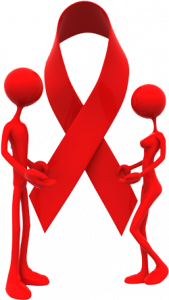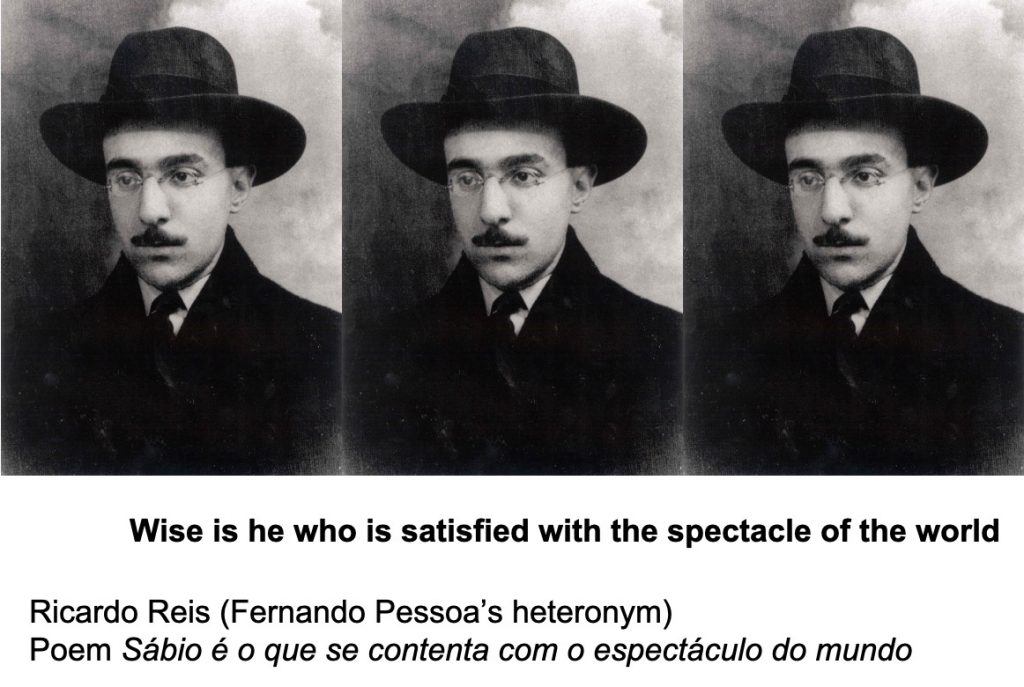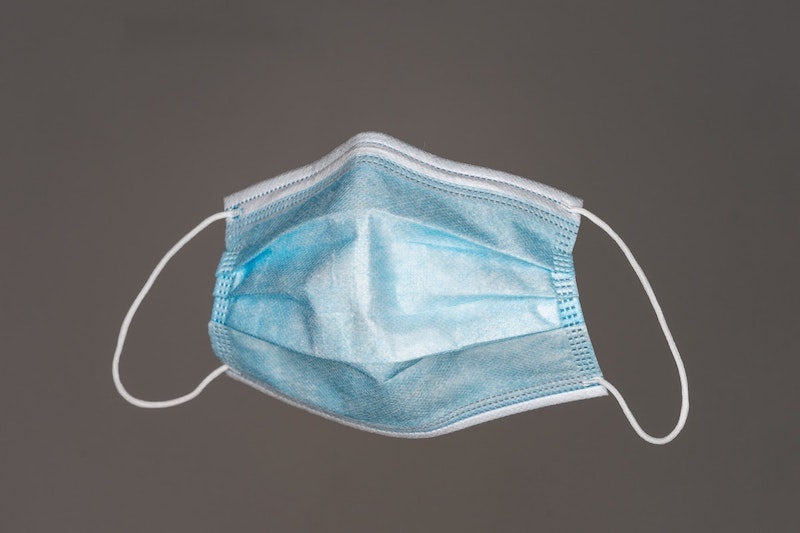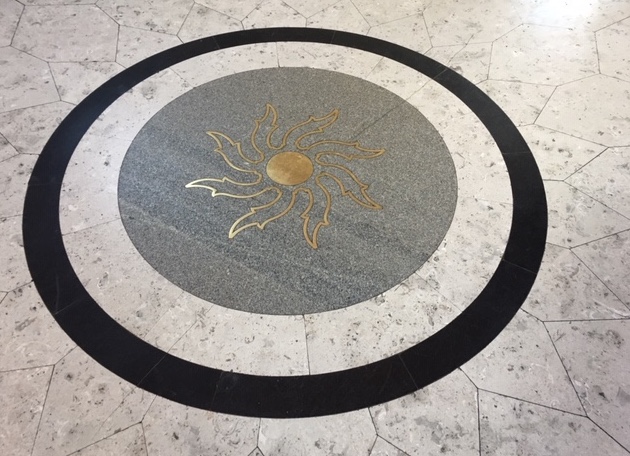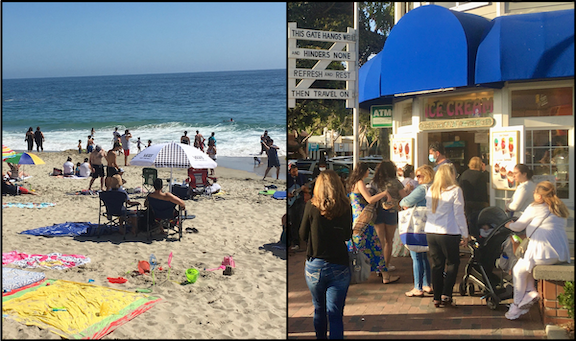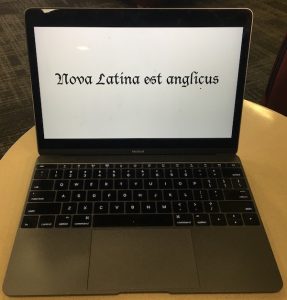
The history of Interventional Pulmonology (IP) is marked by technological advances, progress in imaging and surgical techniques, the vision of a few key personalities, and the establishment of dozens of IP associations around the world. Important milestones were reached by resolving conflicts with various national and international pulmonary and thoracic surgery societies, and by reexamining the specialty’s self-defined goals and identity.
Despite occasional differences of opinion and instances of competitive rather than collaborative professional interactions, the interventional pulmonology field remains unified by a shared commitment to improving the diagnosis, prevention, and treatment of patients with emerging, potentially life-threatening, or advanced lung, airway, and pleural disorders.
For over a century, generations of clinicians, researchers, industrial engineers, basic scientists, physicists, equipment manufacturers, and computer scientists have contributed to innovations aimed at meeting the growing demands for minimally invasive interventions and the challenges of a changing medical landscape. The ongoing pursuit for effective, targeted, and personalized quality patient care ensures that interventional pulmonology will continue to thrive as a dynamic, integrative, and transformative medico-surgical specialty.
However, the approach, scope, timing, and purpose of interventional pulmonology must respond to the needs of a growing population, shifting social and medical demographics, and the advancement of evolving technologies. It must also address challenges posed by an increasing diversity of care environment and a world struggling to overcome significant disparities in medical access, philosophies of care, economics, education, and collaboration.
I believe the future of interventional pulmonology hinges on five key elements, all equally important and inherently interconnected, much like the links in a bicycle chain. These are (1) Greater collaboration across borders for training and education; (2) A strategic shift from reactive to proactive patient care interventions; (3) Building environments that nurture courageous, unselfish, and visionary leadership; (4) Developing a global strategy to address issues of cost and accessibility; and (5) Supporting dreamers, pragmatists, teachers, and students in their quests for professional security in a world increasingly governed by artificial intelligence. IP societies should draft and publish papers addressing each of these elements in a concerted effort to build a foundational blueprint for the years ahead.

